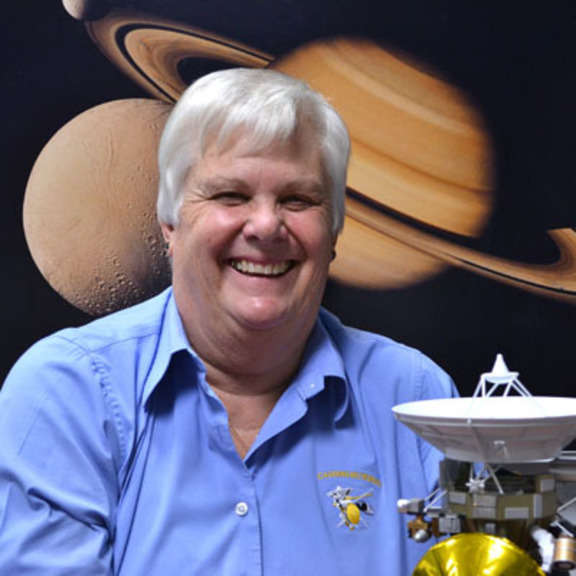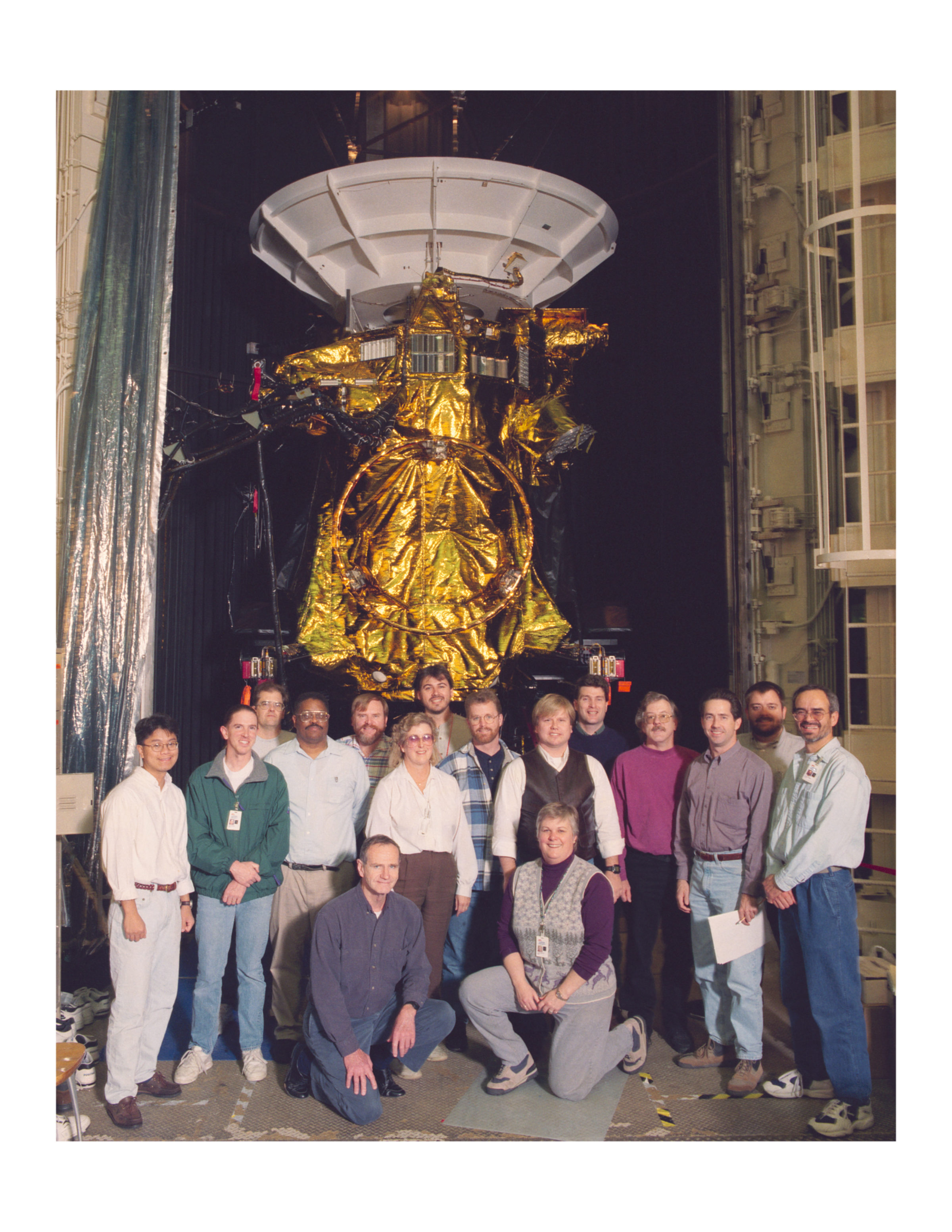Planetary Radio • Jun 14, 2017
Julie Webster and the Art of Spacecraft Endurance
On This Episode

Julie Webster
Cassini Spacecraft Operations Office Manager for Jet Propulsion Laboratory
How do you keep a dazzlingly complex spacecraft in good health after 20 years in space? That’s the challenge for Julie Webster and her team of engineers supporting the Cassini mission at Saturn. Jason Davis reports on the possible discovery of the asteroid impact that wiped out most of Earth’s life. Bill Nye the Science Guy is following the youthful wanderings of Jupiter. Cassini is the source of this week’s space trivia contest on What’s Up.

Related Links:
- Cassini: The Grand Finale
- Did a Planetary Society citizen scientist help find one of Earth’s biggest impact craters?
- Chop Shop Planetary Society Store
This week's prizes are a Planetary Radio t-shirt, now available in both men’s and women’s styles, a 200-point iTelescope.net astronomy account, and a Planetary Radio sticker.
This week's question:
What fuel do the Cassini spacecraft’s sixteen thrusters (not the main engines) use?
To submit your answer:
Complete the contest entry form at http://planetary.org/radiocontest or write to us at [email protected] no later than Wednesday, June 21st at 8am Pacific Time. Be sure to include your name and mailing address.
Last week's question:
What class or group of meteorites matches the average composition of samples returned from asteroid Itokawa by the Hayabusa mission?
Answer:
The answer will be revealed next week.
Question from the week before:
What star has the largest proper motion?
Answer:
Barnard’s Star, just six light years from Earth, has the largest proper motion visible from Earth.


 Explore Worlds
Explore Worlds Find Life
Find Life Defend Earth
Defend Earth


